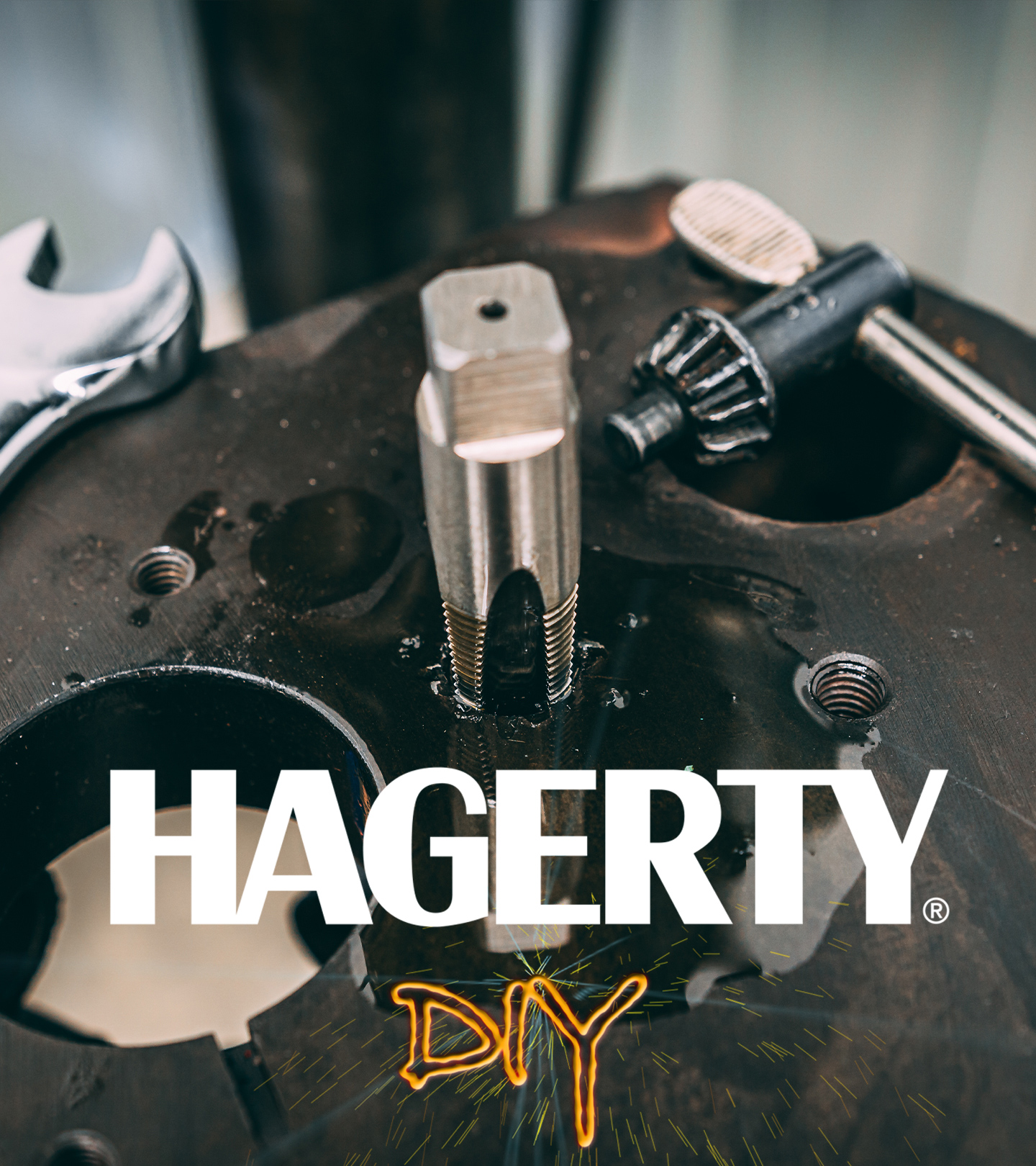’57 Cadillac V-8 engine rebuild time-lapse | Redline Rebuild - Hagerty Media
The engines that come into the Redline Rebuild garage have run the gamut. Volkswagen flat-fours in boxes and bins, running Chevrolet big-blocks, and stuck-solid Buicks have each presented their own challenges, but the latest project was a luxury. at least, it came from a luxury car.
This Cadillac 365 V-8 was not the worst project Davin and the Redline Rebuild crew has taken on. It might actually be one of the nicer ones. It was a smooth running, albeit quite tired, engine from a driving car. That didn’t guarantee a smooth rebuild process though. From the first turn of a wrench there were questions and concerns about parts, but the crew got lucky.
“I was nervous about the availability of pistons and rings after hearing from a supplier that it had recently sold off virtually all its stockpile for these engines,” Davin says about the parts concerns. “Luckily, we were able to source what we needed quite easily, and all the parts played together nicely.”
It’s easy to say the parts went together well, but the reality is there was more than a little extra work on Davin’s side than just bolting everything together. That’s the nature of engine building—not assembling. You could just bolt it all together, but the engine would not perform like it could or should. Properly fitting each and every piece means this Cadillac engine will be smooth and reliable when it returns to the four-door cruiser that it was pulled from.
The 4-inch bore block was in great shape once everything was removed, so basic degreasing and clean-up machine work were all that was needed from the experts at Thirlby Machine Shop. The rotating assembly was in similar shape, but Davin elected for new pistons, which required heating up the connecting rods and pushing the piston wrist pins through for the perfect press-fit. The cylinder heads got fresh valve guides and seats pressed in before returning to the garage for the final assembly.
The coat of Royal Blue paint really dressed up the package and made the assembly that much more rewarding to watch. It’s a stock rebuild without any crazy changes, but ask any engine builder about the first moments of startup and they’ll tell you they’re always nervous.
Davin admits “it’s not the scariest thing, but I always have at least a small amount of concern on first start of a flat-tappet cam engine like this one” referring to the style of lifters and how they engage with the camshaft. For flat-tappet engines, it is best for them to start up with minimal cranking and very quickly get to around 2000 rpm to start breaking in the lifters and make sure the lifters do not “wipe” or flatten a lobe on the camshaft. With modern assembly lubes and break-in oils, this is not as high risk as decades ago, but it still happens from time to time. Luckily, it didn’t happen to Davin this time—but that doesn’t mean there wasn’t an issue with that first start.
Davin admits to checking and double checking the distributor timing, but on that first turn of the starter, a fireball from the carb confirmed that despite the careful check it was still 180 degrees off. Easy correction, and the next turn of the keys brought the humble Caddy to life and started the break-in process. It’s a sweet sounding engine and will sound even better once reinstalled its four-door home.
Another successful rebuild in the books, but there is no rest for the weary, and plenty of other projects are underway in the Redline Rebuild garage. Be sure to subscribe to the Hagerty YouTube channel so you never miss an oil-soaked minute.










